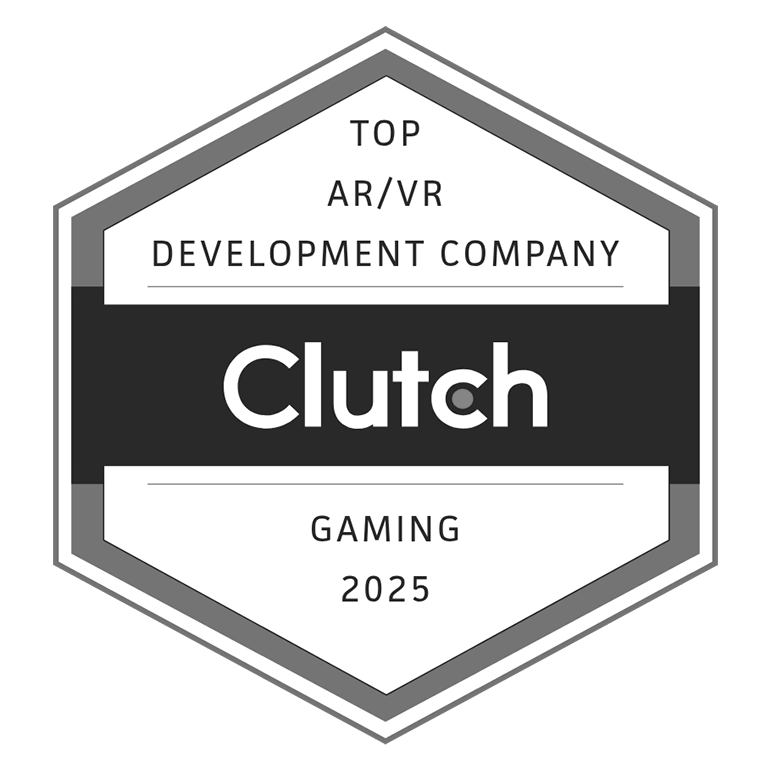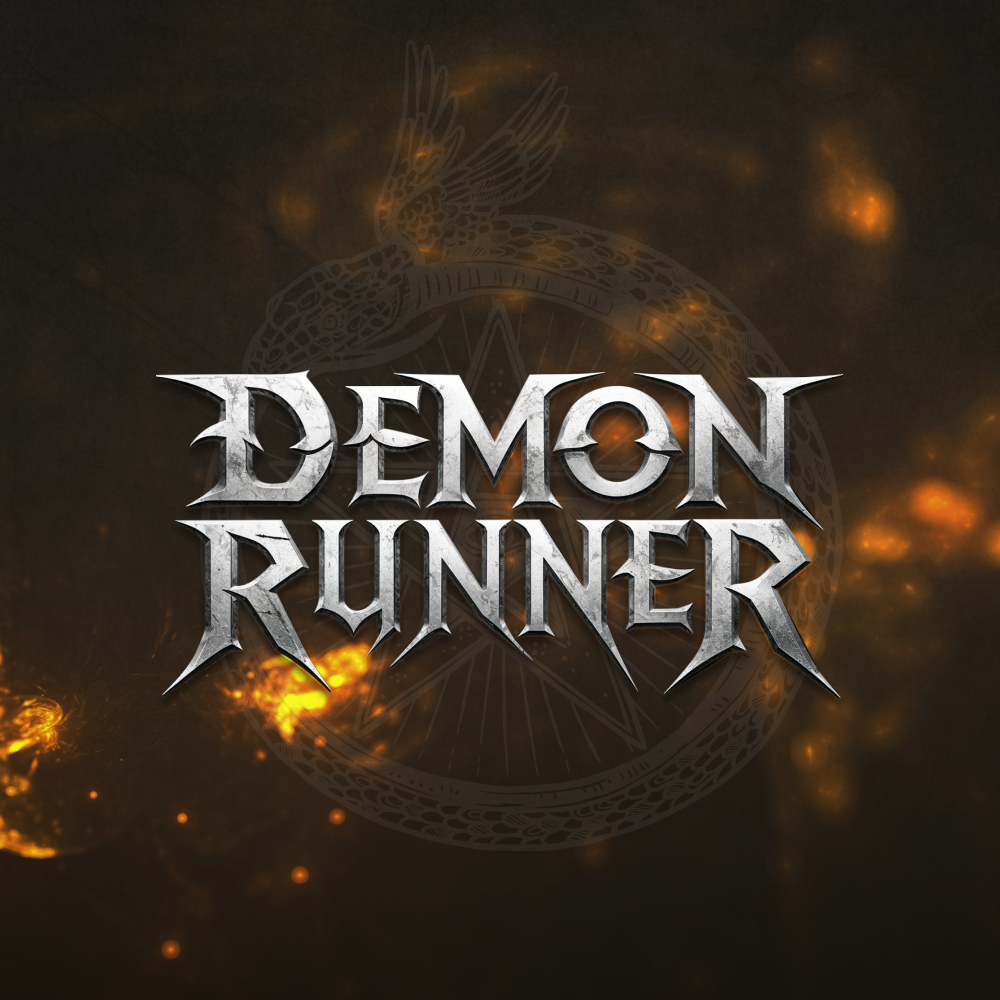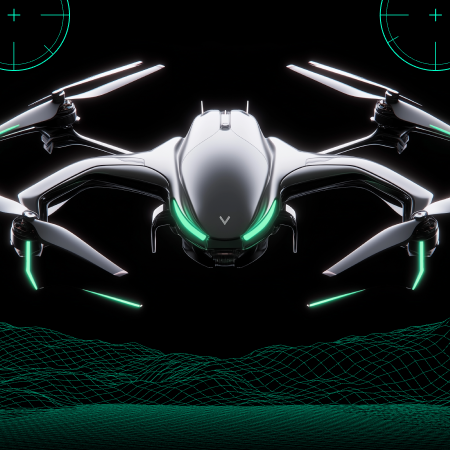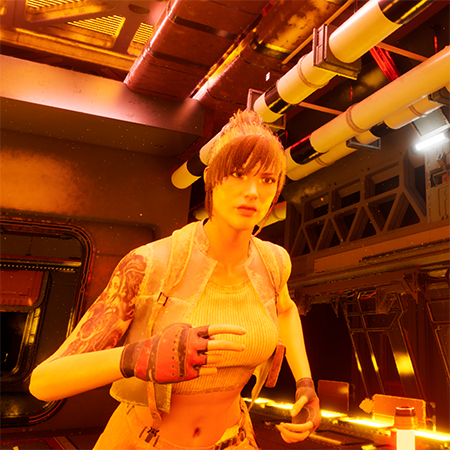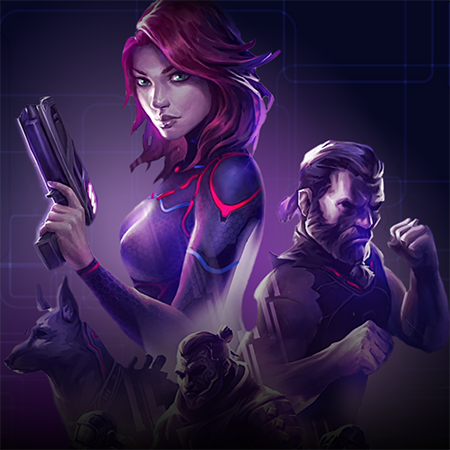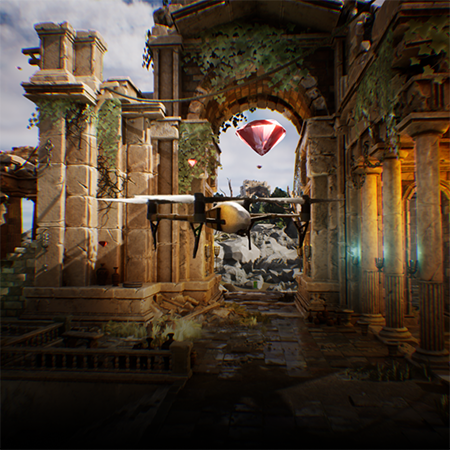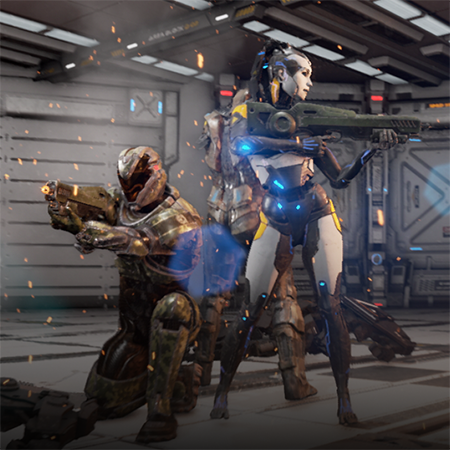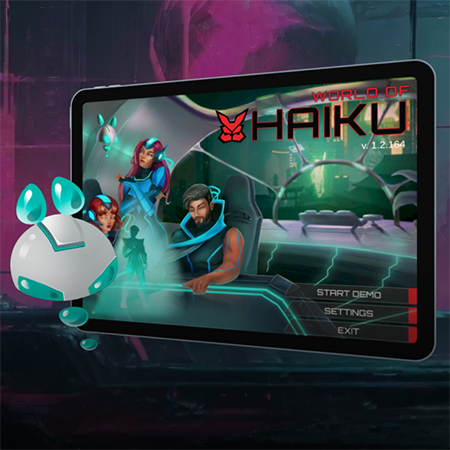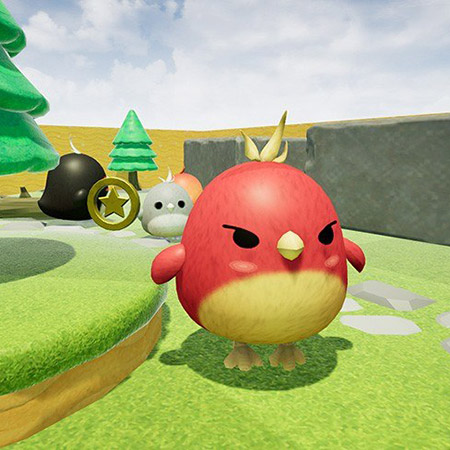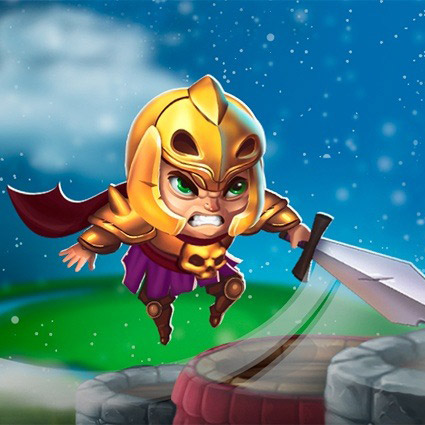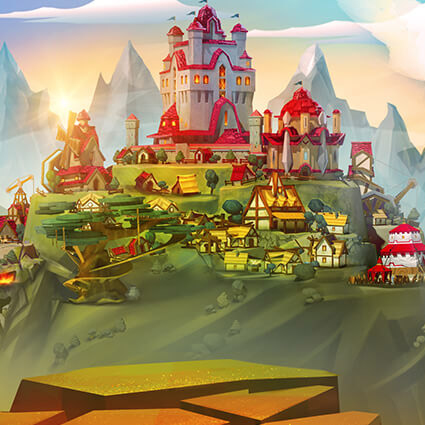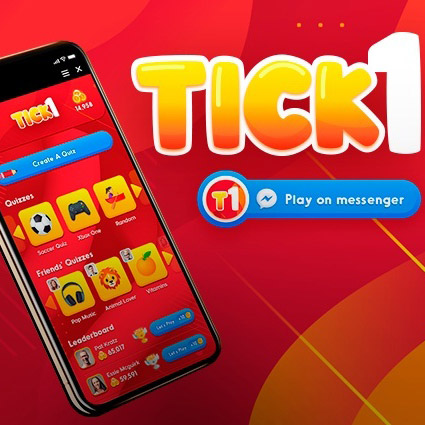Arcade game development continues to influence how people interact with digital entertainment. Early design choices, built around fast feedback, clear goals, and replay value, still define today’s game logic. Developers working on mobile apps, console titles, or training simulations often apply the same structure: short loops, escalating difficulty, and rewards that encourage players to keep going.
Physical arcade cabinets pushed developers to focus on performance and simplicity. Limited screen space, tight hardware constraints, and coin-based monetization required efficient mechanics. These constraints led to design systems that prioritized clarity over complexity and responsiveness over long tutorials. That same approach remains useful today.
Companies building interactive media still refer to arcade principles when designing controls, feedback sounds, and player progression. Simple input schemes, visual scoring systems, and sound-based reactions make interaction easier to learn and harder to put down. The influence of arcade game development can be found in everything from racing simulators to serious training tools.
Understanding how those early games were structured helps teams create better digital products. Lessons from the arcade era aren’t outdated. They are essential for designing games people want to play.
From Cabinets to Comebacks — Why Arcade Games Still Matter

Arcade games have not disappeared. They have evolved into a design framework that continues to shape how digital interaction is built. Early machines forced developers to focus on speed, clarity, and user response. Limited hardware and pay-per-play mechanics led to games that taught players without instructions. Instead of complex menus, players learned by doing.
Studios today often adopt arcade principles without even labeling them as such. The short gameplay loop, escalating difficulty, and reward feedback are still part of the most successful products. Designers who study arcade logic understand how to hold attention and keep players engaged. Looking at the past is not about nostalgia. It is about using proven methods that work across modern platforms.
The Enduring Allure of Physical Play Spaces
Arcade cabinets still attract attention because they offer a direct and social experience. Unlike home consoles or smartphones, arcade machines require players to act in public. That environment supports friendly competition and shared gameplay. Children, teenagers, and adults often gather around a machine to take turns, compare scores, and react together. Even small arcades in malls or entertainment centers can generate long lines when machines offer fast, rewarding gameplay.
Physical controls also contribute to the appeal. A joystick and a set of responsive buttons allow input that feels different from a touchscreen. Mobile arcade games attempt to bring similar dynamics into smartphones by mimicking the pace and clarity of classic titles. Developers often design them with simple rules, short rounds, and quick feedback. Those mechanics echo the strengths of arcade play and help mobile games achieve large-scale success. Whether placed in a physical cabinet or downloaded from an app store, games that follow this format continue to perform well.
Nostalgia Meets Revenue: Modern Monetization of Retro Experiences
Nostalgia brings players back, but effective monetization keeps products sustainable. Many studios now recreate or re-release retro-style games to attract audiences who remember the originals. Using modern engines such as Unity, developers can build mobile-first experiences that look classic but perform with high stability. Unity mobile game development makes it easier to publish on multiple platforms while integrating ad models, in-app purchases, and subscriptions.
Monetization methods differ, but one common structure includes offering core gameplay for free with paid upgrades for visuals, power-ups, or new content. Retro-style graphics paired with modern monetization often result in strong engagement. Developers who understand how to balance emotional appeal with structured monetization tend to perform better in a crowded market.
For example, some Unity-built mobile games use leaderboard features and daily rewards to drive retention. Others recreate famous mechanics like pixelated platformers or fixed shooters, offering them in short sessions suited for modern user habits. Nostalgia alone does not secure success. Revenue comes from precise design choices combined with accessible business models.
Arcade Video Game Popularity in 2025
Game audiences in 2025 still show strong interest in arcade video games. Short sessions, high scores, and replay loops continue to attract players across all age groups. Developers who understand structure and simplicity often reach wider audiences faster. Instead of aiming for complex narratives, arcade-style games provide players with a direct goal and immediate feedback.
New releases in the genre appear both as indie projects and inside large publisher catalogs. Fighting games, bullet-hell shooters, rhythm challenges, and classic racing formats are among the top-performing titles in stores and online platforms. Many creators now combine arcade mechanics with updated visuals or hybrid genres, offering games that feel both familiar and current.
In the world of video game genres, arcade formats remain one of the most stable. Players often switch between large-scale open-world titles and short arcade games depending on their available time or mood. That flexibility keeps arcade video games relevant, especially when delivered with modern polish and user-focused interaction.
Defining Arcade Game Design Principles That Work
Strong arcade game design focuses on fast interaction, visible results, and player retention. Developers use short loops, immediate response, and goal clarity to keep attention focused. Unlike narrative-heavy genres, arcade titles often skip exposition and go straight to challenge and reward. Controls are usually minimal, leaving no need for instruction manuals. A working design structure in arcade games often applies well to modern mobile, console, and browser-based games. When applied correctly, these principles produce games that are easy to learn and hard to stop playing.
Fast Feedback and Tight Loops
Arcade designers work with short loops that push players to act quickly and see results immediately. That cycle builds engagement by making every second feel useful. The best games in this category remove the delay between action and response. When you press a button, something happens right away. That feedback teaches mechanics without written explanations.
Modern developers apply this model across mobile, VR, and PC platforms. The key is in the loop: act, see what happens, improve, repeat. Tight loops also make balancing easier. Designers can fine-tune speed, scoring, and difficulty with less risk of breaking long story arcs.
Common feedback tools include:
- Score popups. Numbers appear instantly after success or failure.
- Sound cues. Each action comes with a sound that confirms input or outcome.
- Flash or color effects. Visual responses reinforce timing and help players learn.
- Input response. Delays are avoided so controls feel connected to movement.
Even in new formats, these feedback systems continue to deliver reliable engagement.
The One-Minute Hook: Early Engagement Strategy
First impressions decide whether players continue or quit. Arcade game design solves that problem with a clear strategy: show the core loop within the first minute. That structure applies just as well in mobile games, web experiences, and short training modules.
Instead of complex onboarding, a one-minute hook uses action to replace explanation. By the time a player finishes the first round, they should understand what to do, why it matters, and what rewards look like.
Practical hook components often include:
- Simple controls. One or two inputs are enough to start.
- Quick failure or success. Players know right away if they have made progress.
- Visible goals. A timer, score, or life counter shows what to track.
- Instant restart. Losing does not push users to menus. Play resumes fast.
By focusing on speed and clarity initially, developers raise retention and encourage habit-forming play cycles.
Score Systems and Player Motivation
Scores help players measure progress and compare outcomes. That single number becomes a reason to return, improve, and compete. In arcade design, the score is not only a result but a driver of behavior.
Modern games often replace or enhance scores with leaderboards, badges, or progress meters, but the core idea remains. A measurable output gives people something to beat against themselves or others.
Motivating score systems usually follow clear structures:
- Immediate display. Results appear without delay after action.
- Consistent rules. Players know how to increase or lose points.
- Tiered reward thresholds. Certain scores unlock new content, skins, or recognition.
- Social comparison. Scores can be shared or compared across users.
- Dynamic scaling. Later levels offer more points, increasing excitement.
Score logic deserves focused attention when building or evaluating an arcade-style project. It turns short games into repeated experiences and gives players a reason to return.
Key Technologies and Platforms Driving Modern Arcade Game Design
Modern arcade game design depends on a mix of advanced engines, input hardware, and connected services. Game creators use Unity, Unreal Engine, and low-code tools to develop both digital and cabinet-based titles. Network features, cloud storage, and sensors extend the scope of what an arcade game can do. Unlike the early cabinets limited by hardware, current systems allow for multiplayer play, real-time score tracking, and scalable content delivery. Choosing the right platform or hardware setup depends on the game's goals and physical deployment environment.
Unity, Unreal, and Low-Code Solutions for Cabinets
Game developers today often choose engines based on the required flexibility, cost, and ease of deployment. Unity is widely used for arcade projects because of its portability and efficient 2D and 3D support. Many commercial cabinets now run Unity-built games on off-the-shelf Windows-based machines. Unity also supports easy touchscreen integration and reliable input response, essential for arcade play.
The Unreal Engine is more common in high-fidelity experiences. Although it requires more system resources, Unreal supports advanced visual effects and complex input logic, which suits large-format arcade displays or VR cabinets.
Low-code solutions now offer fast options for simple arcade experiences. Some teams use platforms like Buildbox or GameMaker to build prototypes or quick-launch arcade games.
- Unity. Good for mobile-style mechanics, cross-platform support, and fast iteration.
- Unreal Engine. Best suited for advanced 3D visuals, physics-heavy games, and cinematic cabinets.
- Low-code tools. Useful for quick development cycles, education-focused games, or proof-of-concept demos.
Each platform offers different strengths, depending on the target arcade format.
Cloud Leaderboards and Multiplayer Integrations
Scoreboards used to be physical. Today, developers build games with cloud-connected leaderboards that update in real time. That change affects player motivation and system design. Instead of writing initials onto a machine, users now see how they compare to players worldwide.
Adding cloud support gives arcade games a second life outside the cabinet. People can track rankings from their phones or return to beat a rival score later. That mechanic supports habit-forming play and creates real competition.
Multiplayer options also add new value. Developers can use services like Photon, PlayFab, or Firebase to connect multiple arcade cabinets or allow mobile users to join from outside.
A couple of features are:
- Real-time ranking updates. Scores sync to a central server.
- Cross-device syncing. Scores and profiles move between cabinet and mobile.
- Session matchmaking. Some games auto-match players in competitive modes.
- Player stats storage. Game history and rank progression are tracked in the cloud.
Online integration moves arcade-style games closer to mainstream digital titles without losing their core design.
Touchscreens, Sensors, and Alternative Inputs
Modern arcade cabinets use more than buttons and joysticks. Developers now build games that use touchscreens, motion sensors, and pressure pads to support new types of interaction. That shift opens design space for rhythm games, fitness-focused play, or immersive training.
Touchscreens are common in ticket-based games and mobile ports adapted for cabinets. Their low learning curve makes them ideal for short, public play. Gesture sensors, like Leap Motion or infrared trackers, add value to interactive museum displays or fitness applications.
Alternative inputs extend beyond touch:
- Pressure-sensitive mats. Used in dance games or physical rehab arcades.
- Steering wheels and pedals. Applied in racing titles for added realism.
- Haptic triggers. Provide feedback in shooting or action games.
- Body tracking sensors. Enable full-body play without wearables.
Using varied inputs lets developers reach new players, adapt for accessibility, and support a broader range of physical spaces.
Best Immersive Arcade Game Examples on PC
Some of the most effective arcade-style games can now be played on PC. Ports, remakes, and emulators help preserve the original experience while upgrading graphics, controls, and accessibility. Players who have never used an arcade cabinet can now enjoy those games through modern hardware with added features like resolution scaling or customizable inputs. Several titles stand out for their ability to deliver fast action, high replay value, and strong feedback systems, even outside the original cabinet format.
The House of the Dead: Remake — Classic Rail Shooter, Modernized
The remake of The House of the Dead updates a well-known light gun game without removing what made it popular. Players follow a fixed path and shoot at zombies using mouse or controller input. On PC, the game runs with higher frame rates and includes enhanced textures and lighting.
Despite these improvements, the core mechanics stay faithful to the original: fast-paced shooting, timed reactions, and short gameplay loops. Multiple difficulty settings allow both newcomers and veterans to enjoy the experience. The remake also adds achievement tracking and score records. That integration supports repeat play and competition, even in a solo format.
Daytona USA — High-Speed Immersion Through Emulation
Daytona USA remains one of the most recognized arcade racing games. The PC version, available through emulation or modern re-releases, maintains its original feel while benefiting from sharper visuals and smoother control. Players still compete on looping tracks with time extensions tied to performance.
Steering can be handled with a keyboard, controller, or even a USB racing wheel. Regardless of the setup, the sensation of speed and rapid feedback closely match the arcade version. The game’s simple mechanics, such as steer, accelerate, and brake, support quick learning. The PC version also allows custom key mapping and display resolution changes. That flexibility improves accessibility without removing the original structure of play.
Metal Slug 3 — Explosive Action with Timeless Appeal
Metal Slug 3 is a side-scrolling shooter known for its tight controls, enemy density, and fast action. The game keeps its pixel-art style on PC while running smoothly at modern resolutions. Players choose a character and fight through waves of enemies using a mix of gunfire, grenades, and vehicles.
Despite its age, the design holds up. Each level follows a clear structure: boss fights, score pickups, and branching paths. The game supports keyboard or controller input with no lag or delay, which helps preserve the original pace. Arcade mode offers infinite continues, while mission mode allows stage-by-stage practice. That setup supports both casual sessions and repeat skill-based runs.
Let us bring life to your arcade game design concepts.
Trends Influencing the Next Generation of Arcade Games
Modern arcade games follow structured development cycles, but the tools and trends around them continue to shift. As game development stages evolve, more projects now include cross-platform support, player customization, and VR integration. These features extend the value of arcade mechanics and allow developers to target new devices, environments, and use cases. Arcade gameplay no longer stays limited to cabinets. It adapts to headsets, phones, and streaming systems while still using short loops and instant feedback as core design rules.
1. Retro-Inspired, VR-Powered
New VR games often use mechanics which were first seen in arcades. Short stages, reflex-based input, and clear visual cues translate well into headset environments. Players move their heads or hands to react in real time, just as they once used joysticks or light guns. That makes VR a natural space for arcade-style design.
Developers now build rhythm games, rail shooters, and obstacle courses with VR-first thinking. Those formats support standing play, limited hardware needs, and fast restart loops, which all mirror classic arcade values. VR also adds depth and presence without removing the need for skill-based interaction.
Several popular titles follow this path:
- Beat Saber. Combines rhythm with fast hand motion in a score-driven loop.
- Pistol Whip. Blends shooting and dodging with a fixed movement path.
- Superhot VR. Uses short time-based sequences that reward repetition and improvement.
Modern engines make it possible to create arcade-style VR content with stable performance across consumer-grade systems.
Customization as a Core Gameplay Feature
Player customization once meant choosing between two characters. Arcade-inspired games often include more ways to change visuals, load-outs, and controls. Developers use customization to boost engagement and extend replay time. Options can be cosmetic, functional, or both.
Cosmetic upgrades may include character skins, color themes, or audio effects. Functional changes could affect starting weapons, movement speed, or scoring rules. Allowing players to tweak their experience gives them more control and keeps the content fresh.
Common customization formats include:
- Unlockable skins. Earned through score milestones or time-based events.
- Selectable loadouts. Offer players strategic variety while keeping mechanics simple.
- Visual themes. Adjust the game’s appearance based on player choices.
- Input remapping. Improves accessibility and comfort.
Customization does not require full simulation or open-world design. Even simple arcade games benefit when players have a reason to personalize their session.
2. Cross-Platform Arcade Game Models
Modern players expect to switch between devices without losing progress. Arcade game developers now build with that expectation in mind. Games designed for PCs can also work on mobile or consoles with small interface adjustments. That flexibility improves reach and helps maintain a consistent player base.
Some developers use cloud saves and shared leaderboards to link sessions across platforms. Others release the same game in multiple formats, each adapted for its input method. Unity and Unreal both support this model, making it easier to deploy one game across several systems.
The essential design choices for cross-platform support encompass:
- Simple input mapping. Ensures control consistency on touch, keyboard, or controller.
- Responsive UI. Scales based on screen size without blocking gameplay.
- Shared progression. Tracks score, unlocks, and stats between devices.
- Adaptive difficulty. Adjusts based on device speed and player input style.
Cross-platform design expands access without breaking the fast feedback model that makes arcade games effective.
Game-Ace Builds RC Mayhem: A Fast, Fun RC Racing Prototype
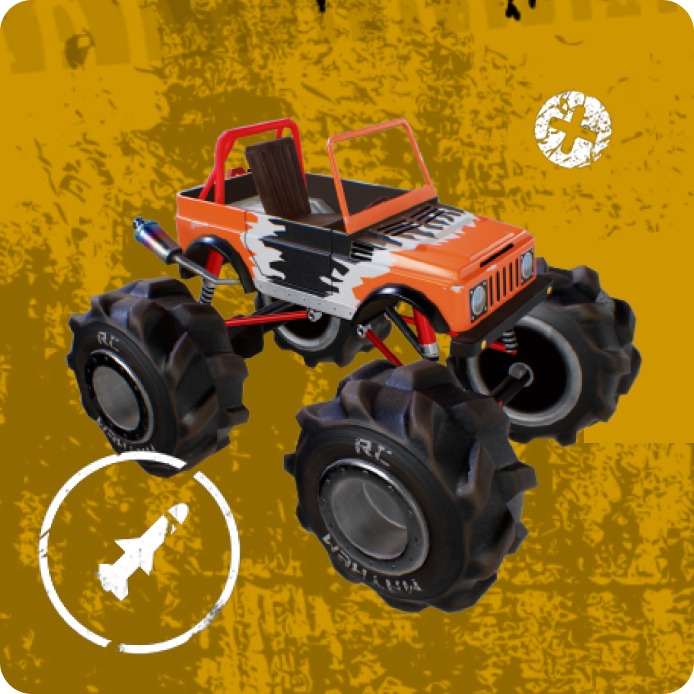
Game-Ace developed RC Mayhem, an arcade-style RC racing prototype built in one month using Unity. The game features quick tracks, boost mechanics, and playful collisions set in an abandoned mall. Designed for PC, Xbox, and mobile. Explore how we deliver fast, fun game prototypes.
What Business Owners Can Learn from Arcade Game Design
Arcade game design is not only relevant for developers. It offers practical lessons for business owners who want to improve user engagement, brand retention, and repeat interactions. Systems built for short sessions, fast feedback, and reward-driven behavior can be adapted to many industries, including retail, e-learning, and marketing. If your product or service depends on frequent user interaction, arcade design strategies offer clear and testable frameworks. You do not need to make a game — you only need to learn from one.
Microtransactions, Session Length, and Return Visits
Arcade design encourages repeat play through short, satisfying sessions. That approach works beyond entertainment. If you manage a product with user sessions, whether it is a mobile app, subscription platform, or service portal, you can benefit from structuring those sessions for speed and feedback.
Microtransactions work best in fast, repeatable environments. Instead of long commitments, arcade-inspired products offer optional upgrades that feel immediate and earned. Clear pricing and low friction support better conversion.
Core patterns that translate well:
- Short interaction loops. Keep each session under five minutes to avoid fatigue.
- Visible rewards. Give users something measurable every time they return.
- Non-intrusive monetization. Let users decide when and how to pay without interruption.
- Scheduled content updates. Release new content regularly to sustain interest.
Overall, adopting these structures can improve retention and increase return visits, even in non-gaming platforms.
Design Thinking and User-Centric Loops
Arcade games rely on trial, feedback, and refinement. Business owners can apply the same cycle to improve services or digital tools. Instead of guessing what users want, test ideas through short design loops and observe the outcome.
A well-structured arcade game teaches users without words. It uses response, challenge, and repeatability. Applying this mindset to product development results in clearer interfaces, more logical flows, and better data on what works.
Principles to follow:
- Start with a basic loop. Test the smallest version of your product idea.
- Watch for friction. Identify where users hesitate or stop.
- Apply visible feedback. Make sure every action results in a noticeable change.
- Balance challenge and reward. Keep users engaged without overwhelming them.
- Adjust and retest. Use each version to inform the next.
You can build smarter, faster, and more user-focused experiences using short design cycles and real user behavior.
Creating Memorable Brand Interactions Through Play
People remember what they enjoy doing. Arcade games succeed by making each session enjoyable, short, and rewarding. Business owners can apply the same logic to brand interaction. You do not need to build a full game. Simple additions like quizzes, reward animations, or light challenges tied to your product can support stronger engagement.
Effective techniques include:
- Point-based rewards. Let users collect points for actions they already perform.
- Progress tracking. Show users how close they are to a goal or benefit.
- Mini-games or challenges. Offer short tasks that highlight a feature or value.
- Visual feedback. Use sounds or effects to confirm successful actions.
Turning interaction into play does not require a game engine. It only requires using proven engagement mechanics in a focused and practical way.
Who Designs the Fun? Role of the Arcade Game Designer
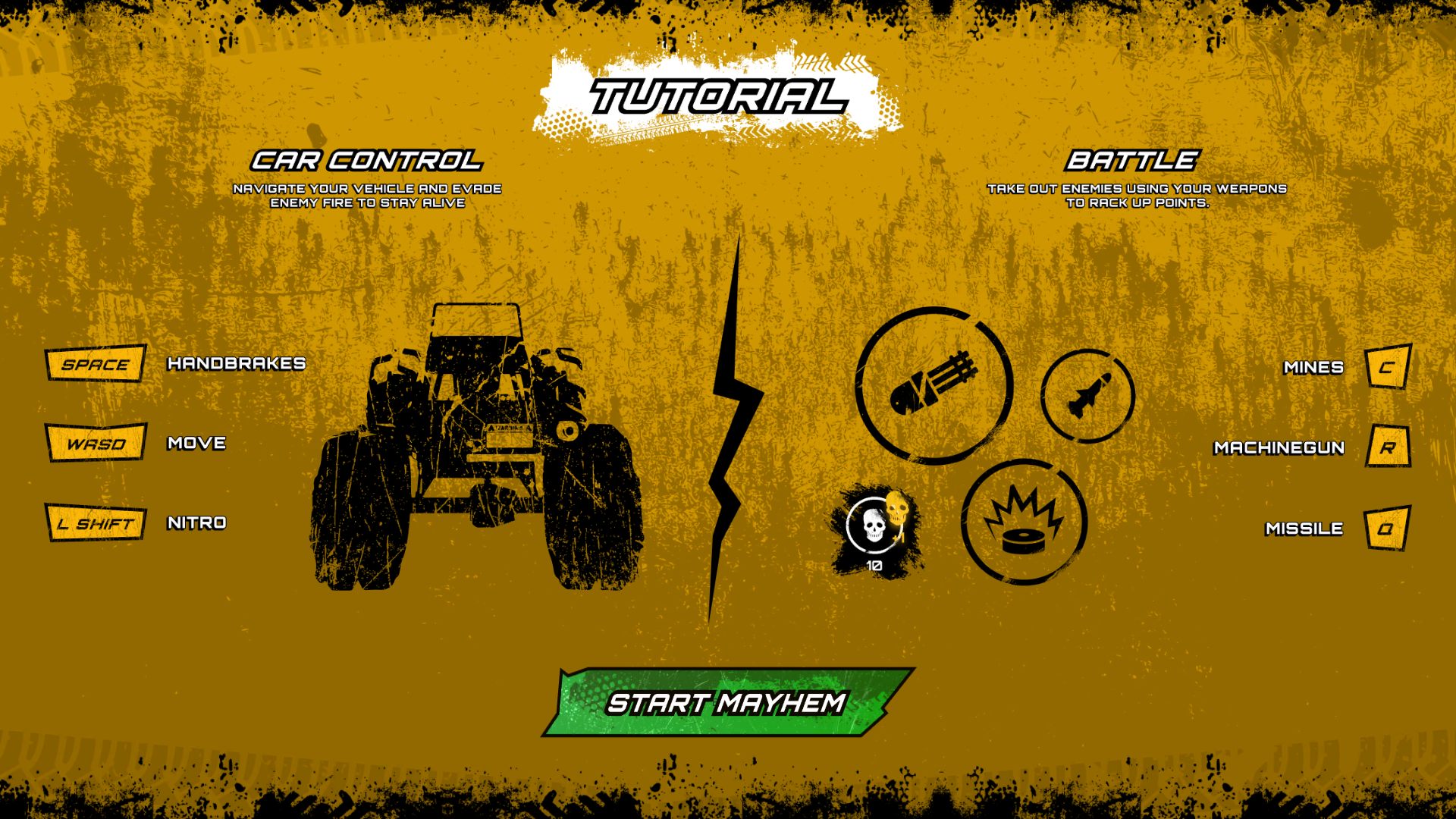
Arcade game designers shape each interaction's structure, pace, and feel. Their work includes selecting mechanics, defining visual clarity, tuning response times, and maintaining a balance between difficulty and reward. If you plan to create a product that includes interaction, short feedback loops, or gamified systems, it makes sense to hire game designers. Their skills apply far beyond entertainment. They help build digital tools that people want to use repeatedly, no matter the platform or purpose.
Balancing Simplicity with Challenge
Arcade games depend on a clear goal and a rising level of difficulty. Designers must tune the experience to stay easy to learn but not too easy to master. That balance keeps users active and motivated. Too much complexity leads to drop-off, and too little challenge makes sessions feel empty.
A strong arcade designer identifies the key skill required and builds progression around it. They also track how long it takes to introduce new patterns or increase pressure. The game balance is not fixed at launch. It evolves through testing and feedback.
Visual Design, Audio Cues, and Pacing
Game designers decide what players see, hear, and feel during gameplay. In arcade formats, clarity matters more than style. Visuals must communicate status, speed, or risk without delay. Audio cues reinforce each decision, such as earning points or taking damage.
Pacing also falls under the designer’s control. They choose when to slow the action when to increase pressure, and how long to give players between events. A well-paced arcade game avoids long breaks but also prevents user fatigue. Each second should feel like it belongs in the loop.
Testing and Iteration in the Development Loop
No arcade game launches without testing. Designers use small tests to track user behavior, identify friction, and adjust systems. The best results come from watching how players act, not just listening to feedback. Clear drop points or repeat mistakes often reveal issues more clearly than opinions.
Iteration does not require a large team. Even a solo designer can adjust difficulty, tweak visuals, or rework scoring based on test sessions. Quick iterations, supported by version control and structured testing, create better final products. Testing is not optional. It is where most arcade games either fail or become worth playing.
Top-Notch Arcade Game Design with Game-Ace
Game-Ace applies decades of interactive design knowledge to deliver high-performance arcade-style experiences. As a custom game development company, we support every production stage, from concept validation to cross-platform deployment.
Our team focuses on gameplay structure, visual clarity, control responsiveness, and user retention. Whether your goal is to build a full-scale cabinet product, a mobile spin-off, or a training tool based on arcade principles, we provide tailored solutions built for speed, impact, and long-term value.
Depending on the platform and requirements, we work with Unity, Unreal Engine, and custom low-code tools. Clients choose Game-Ace for our fast prototyping, transparent delivery process, and focus on business outcomes.
Ready to start building your arcade game or apply its principles to your digital product? Please contact us to discuss your project and receive a tailored development plan.
 How to Design Learning Games for Kids That Teach Real-World Skills
How to Design Learning Games for Kids That Teach Real-World Skills 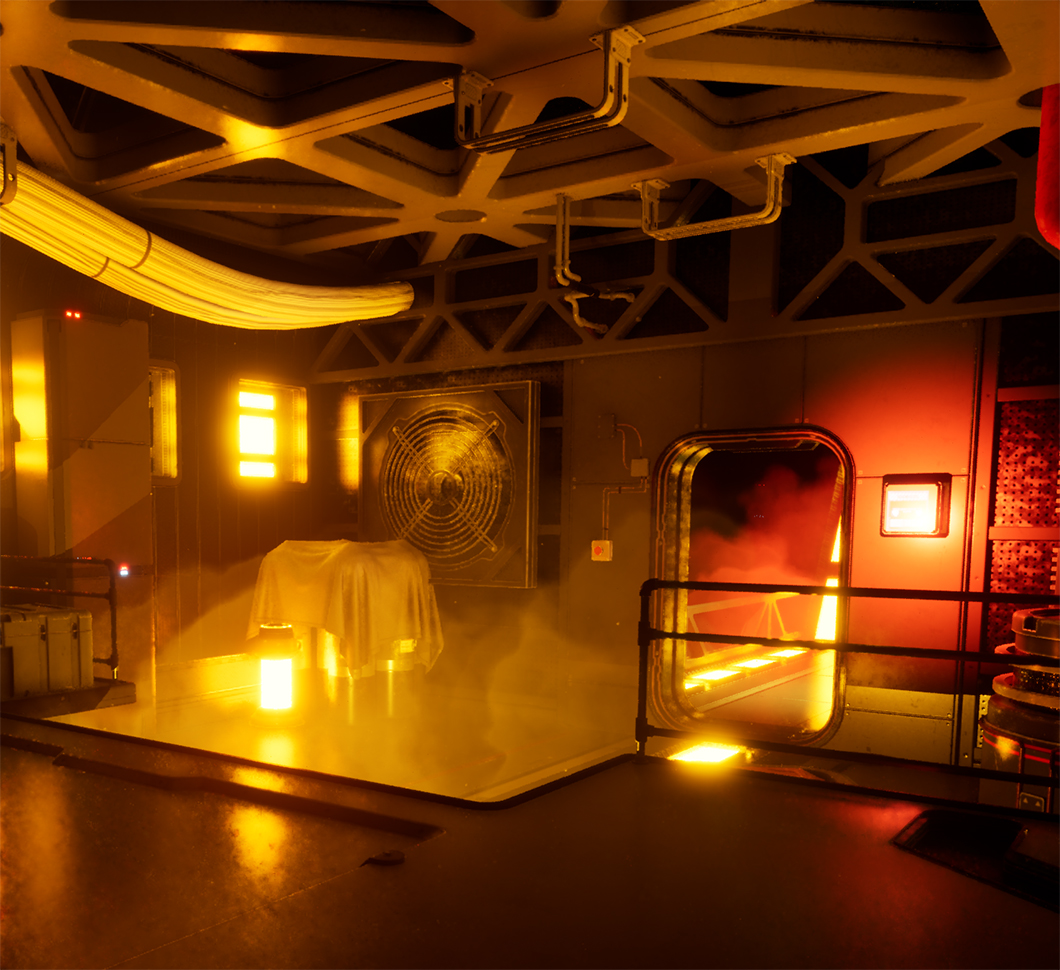 Crafting Immersive Worlds: The Power of Game Environment Design
Crafting Immersive Worlds: The Power of Game Environment Design  Mastering Narrative Game Design for Unforgettable Player Experiences
Mastering Narrative Game Design for Unforgettable Player Experiences 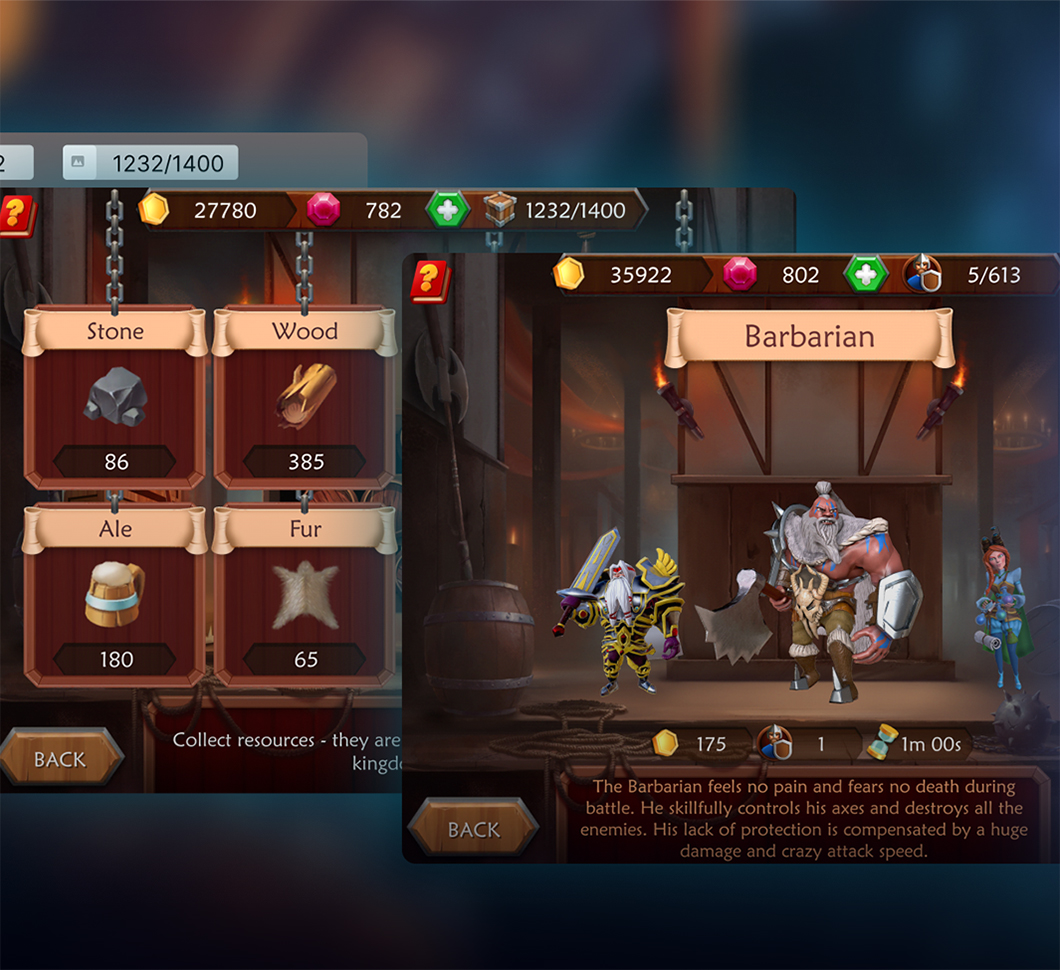 What Is Game UX? The Complete Guide for 2025
What Is Game UX? The Complete Guide for 2025  How Can Different Video Game Art Styles Enhance Your Project?
How Can Different Video Game Art Styles Enhance Your Project? 








